How Much Does It Cost to 3D Print Something (2024)?
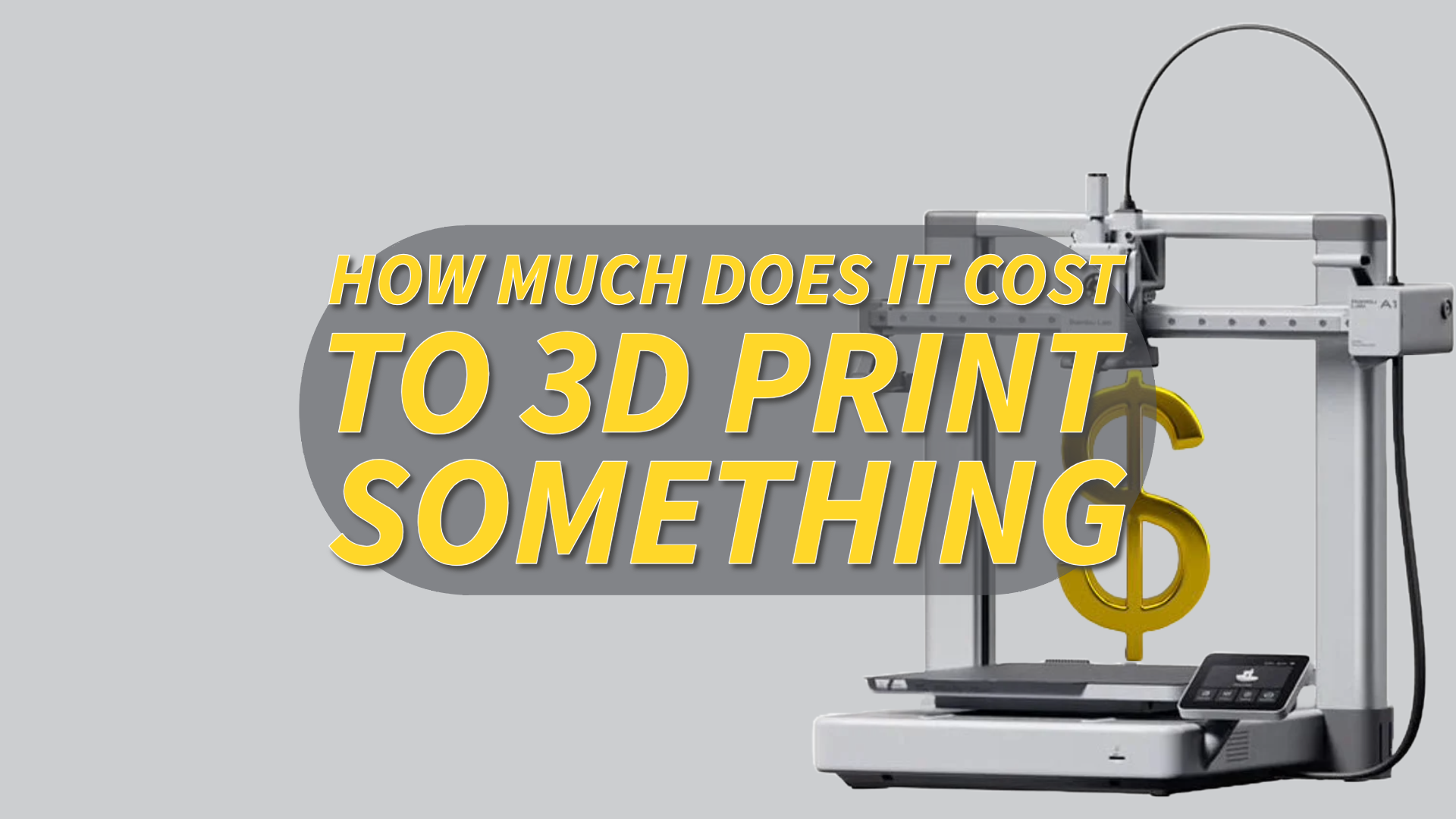
The article provides a free 3d printing cost calculator and details all the costs that 3d printing may incur.
Introduction
In recent years, 3D printing has revolutionized various industries, from creating small gadgets to industrial parts. Then here pops up the question: How much does it cost to 3D print something? The answer isn’t straightforward, as it depends on multiple factors like materials, technology, and complexity.
In this article, we'll break down the costs associated with 3D printing in 2024, providing insights into both in-house printing and outsourcing options.
How Much Does A 3D Printer Cost?
When it comes to the cost of a 3D printer, prices can vary dramatically depending on the type of printer you’re looking at: industrial 3D printers or desktop 3D printers.
Industrial 3D printers are designed for large-scale production, prototyping, and high-precision manufacturing. These machines can handle more advanced materials, including metals and high-performance plastics, and often feature larger build volumes and faster print times. Industrial 3D printers typically range from $20,000 to over $1,000,000.
On the other hand, desktop 3D printers, commonly using FDM (Fused Deposition Modeling) technology, are more accessible for small businesses, hobbyists, and educational institutions.
Desktop 3D printers are much smaller, designed for prototyping, personal projects, or small-scale production. They are easy to use and support materials like PLA, ABS, and resin. They are generally much more affordable, with prices ranging from $200 to $5,000.
We have made a comparison table of the most popular desktop FDM printers for your reference.
Printer | Price | Build Volume (mm) | Estimated Print Time (200 x 150 x 50 mm) | Applicable Materials | Advantages |
|---|---|---|---|---|---|
Creality Ender 3 V2 Neo | $199 | 220 x 220 x 250 | 12-15 hours | PLA, ABS, PETG | Affordable, ideal for beginners; solid entry-level machine |
Prusa i3 MK3S+ | $1049 (semi-assembled) | 250 x 210 x 210 | 8-10 hours | PLA, ABS, PETG, ASA, Nylon, Flex | Highly accurate with excellent print quality; automatic bed leveling and flexible material compatibility |
Bambu Lab X1C | $1,449 | 256 x 256 x 256 | 4-5 hours | PLA, ABS, PETG, PA, PC, Carbon/Glass-reinforced materials | Fastest printing speed, multi-color capabilities, advanced sensors (LIDAR, humidity) |
Elegoo Neptune 4 Pro | $359 | 225 x 225 x 265 | 4-5 hours | PLA, ABS, PETG, ASA, TPU, Nylon | Best value for fast printing and quiet operation at a budget-friendly price |
Anycubic Kobra 2 Max | $429.99 | 420 x 420 x 500 | 4-5 hours | PLA, ABS, PETG, TPU | Largest build volume for large prints, great for big projects |
In Summary:
Creality Ender 3 V2 Neo: The most budget-friendly, making it ideal for beginners or hobbyists.
Prusa i3 MK3S+: Offers the best print quality and accuracy, with a wide range of compatible materials and advanced features like automatic bed leveling.
Bambu Lab X1C: Stands out for its speed, multi-color printing, and advanced technology like LIDAR sensors and humidity control.
Elegoo Neptune 4 Pro: Combines affordability with fast and quiet operation, making it one of the best choices for those on a budget seeking speed.
Anycubic Kobra 2 Max: Excels with the largest build volume, perfect for large-scale projects, and still manages to keep costs reasonable.
How Much Does 3D Printing Material Cost?
The cost of 3D printing materials can vary significantly depending on the type of material and the technology used. Here we have listed a table to present the commonly-used 3d printing materials of different 3d printing technologies.
Technology | Material | Type | Average Cost | Common Uses |
|---|---|---|---|---|
FDM | PLA (Polylactic Acid) | Thermoplastic | $20 - $40 | Prototyping, toys, models, household items |
ABS (Acrylonitrile Butadiene Styrene) | Thermoplastic | $25 - $50 | Automotive parts, electronics housings, functional prototypes | |
PETG (Polyethylene Terephthalate Glycol) | Thermoplastic | $25 - $60 | Containers, mechanical parts, food-safe items | |
TPU (Thermoplastic Polyurethane) | Elastomer | $60 - $100 | Flexible parts, phone cases, shock absorbers | |
Carbon Fiber Filled PLA/ABS | Composite | $50 - $120 | High-strength parts, structural components | |
Wood-Filled PLA | Composite | $40 - $60 | Decorative items, furniture prototypes | |
SLA/DLP | Standard Resin | Photopolymer | $50 - $100 | High-detail models, jewelry, dental/medical applications |
Tough Resin | Photopolymer | $100 - $150 | Functional prototypes, mechanical parts | |
Flexible Resin | Photopolymer | $80 - $130 | Soft, flexible parts, wearables | |
SLS | Nylon (PA12) | Thermoplastic Powder | $50 - $80 | Durable parts, gears, automotive and aerospace components |
TPU Powder | Elastomer Powder | $80 - $120 | Flexible parts, seals, gaskets | |
Alumide (Nylon + Aluminum powder) | Composite Powder | $100 - $150 | Rigid prototypes, functional models | |
DMLS/SLM | Stainless Steel | Metal Powder | $300 - $800 | Aerospace parts, medical implants, automotive components |
Titanium Alloy (Ti6Al4V) | Metal Powder | $500 - $1000 | High-strength, lightweight parts for aerospace and medical | |
Aluminum Alloy | Metal Powder | $300 - $600 | Lightweight parts for automotive and aerospace | |
Inconel (Nickel-Chromium Alloy) | Metal Powder | $600 - $1,000 | High-temperature and corrosion-resistant components |
In general, the price of filament used in FDM (such as PLA, ABS) < resin used in SLA/DLP < nylon powder used in SLS < metal powder used in DMLS/SLM.
3D Printing Cost Calculator
As mentioned before, 3d printing cost is influenced by multiple factors. Hence, estimating costs can be complex. In that, a free online 3d printing cost calculator will be a great helper to simplify this process.
Unionfab has developed an *online cost-calculating system where you can upload your 3d model file, and select the needed technology, material, and finish, as well as other details so as to get an estimated printing cost.
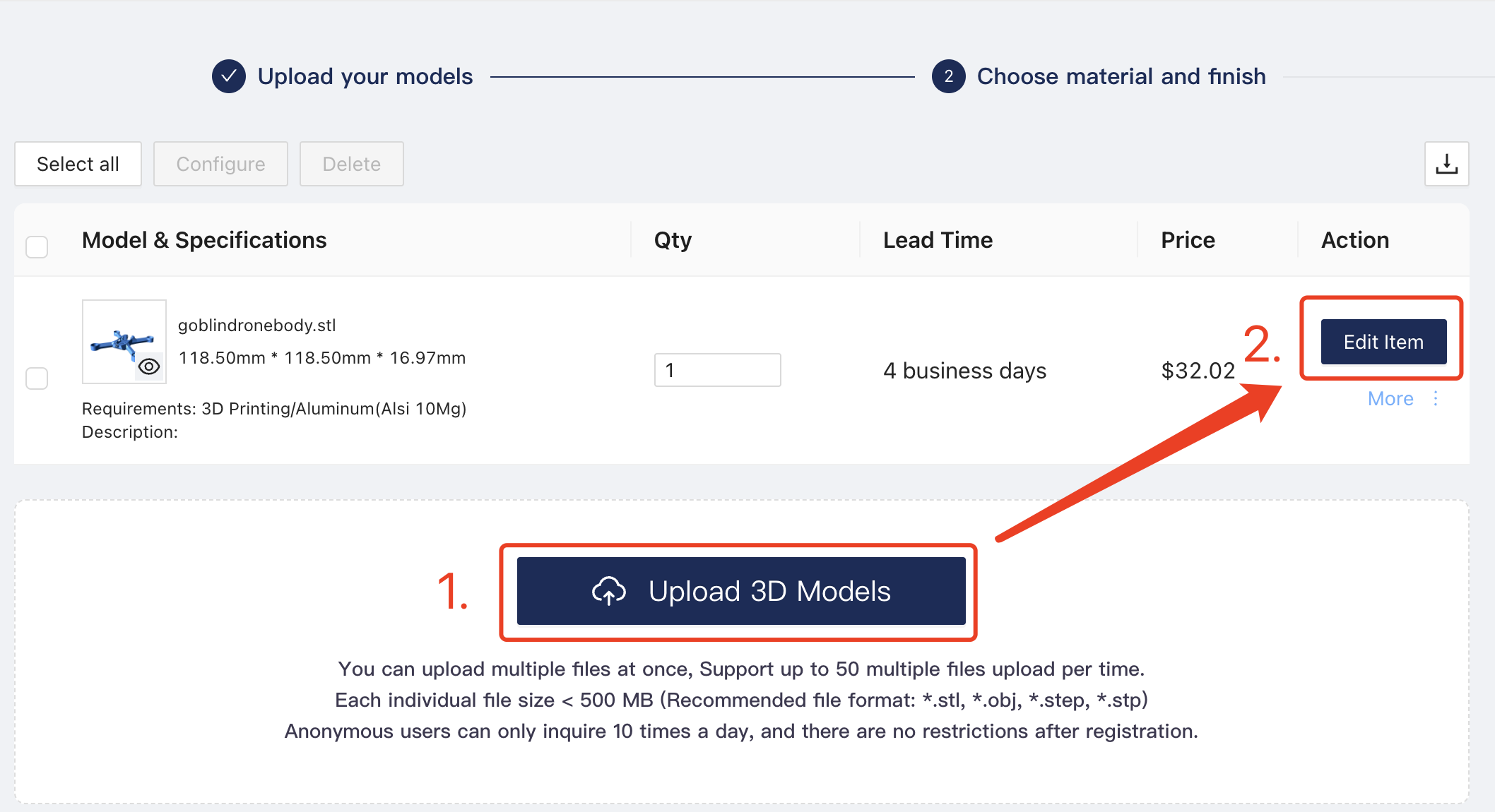
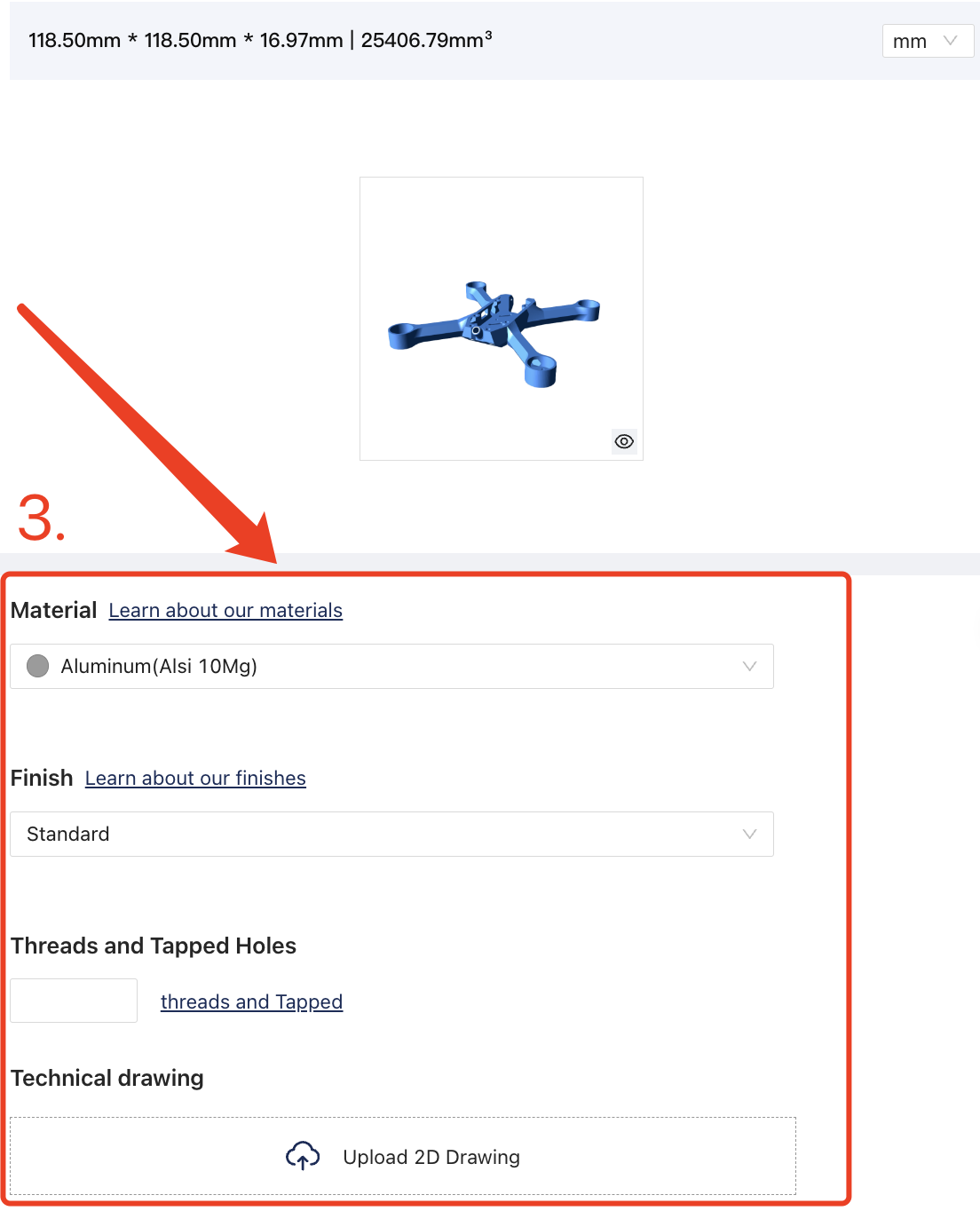
*Note: The estimated cost here indicates the printing cost only, not including others.
You can also preview the performance after the service via clicking the eye sign below.
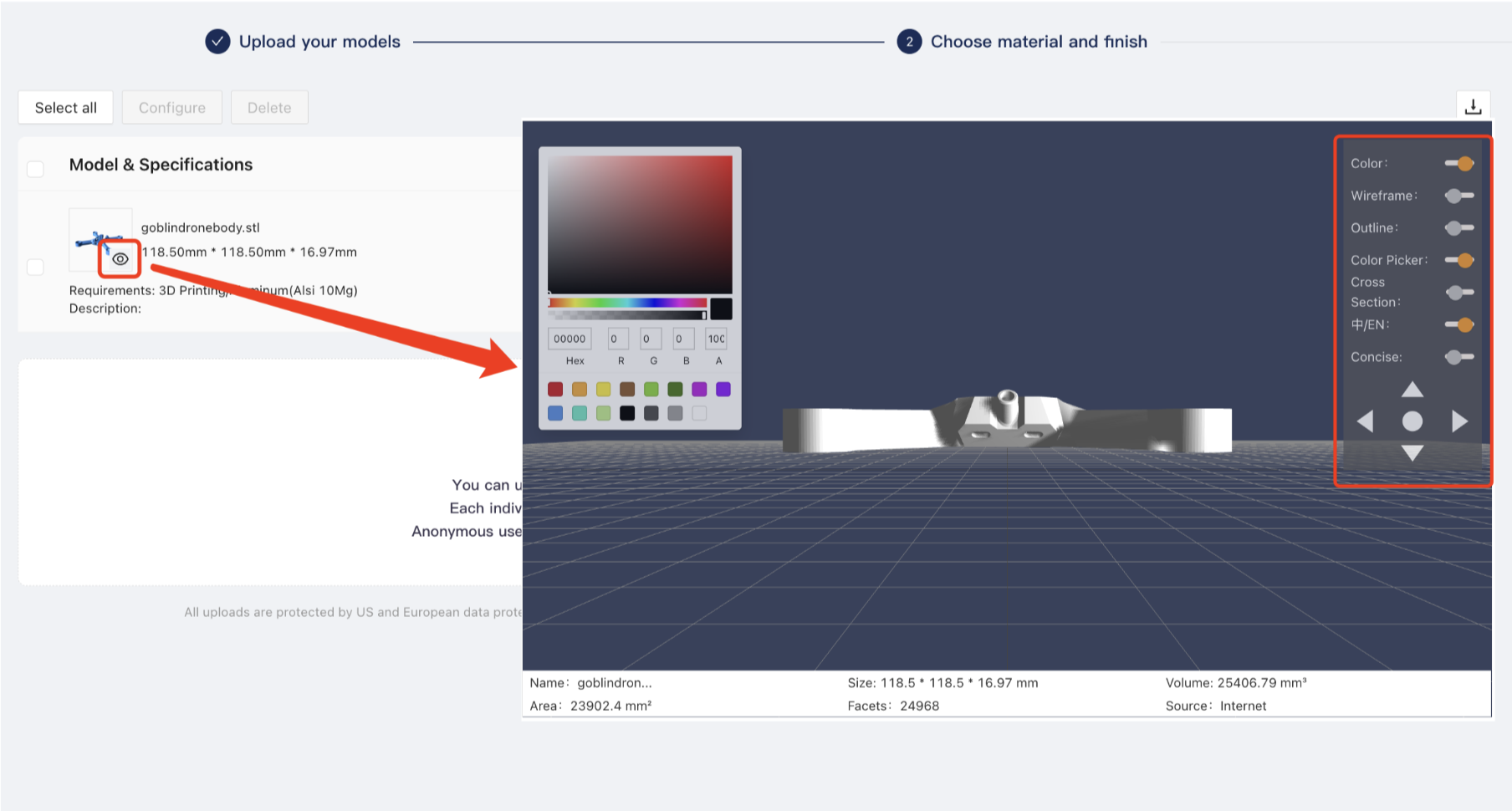
If you have never placed an order with Unionfab before, you can now sign up and enjoy a 10% discount on your first order!
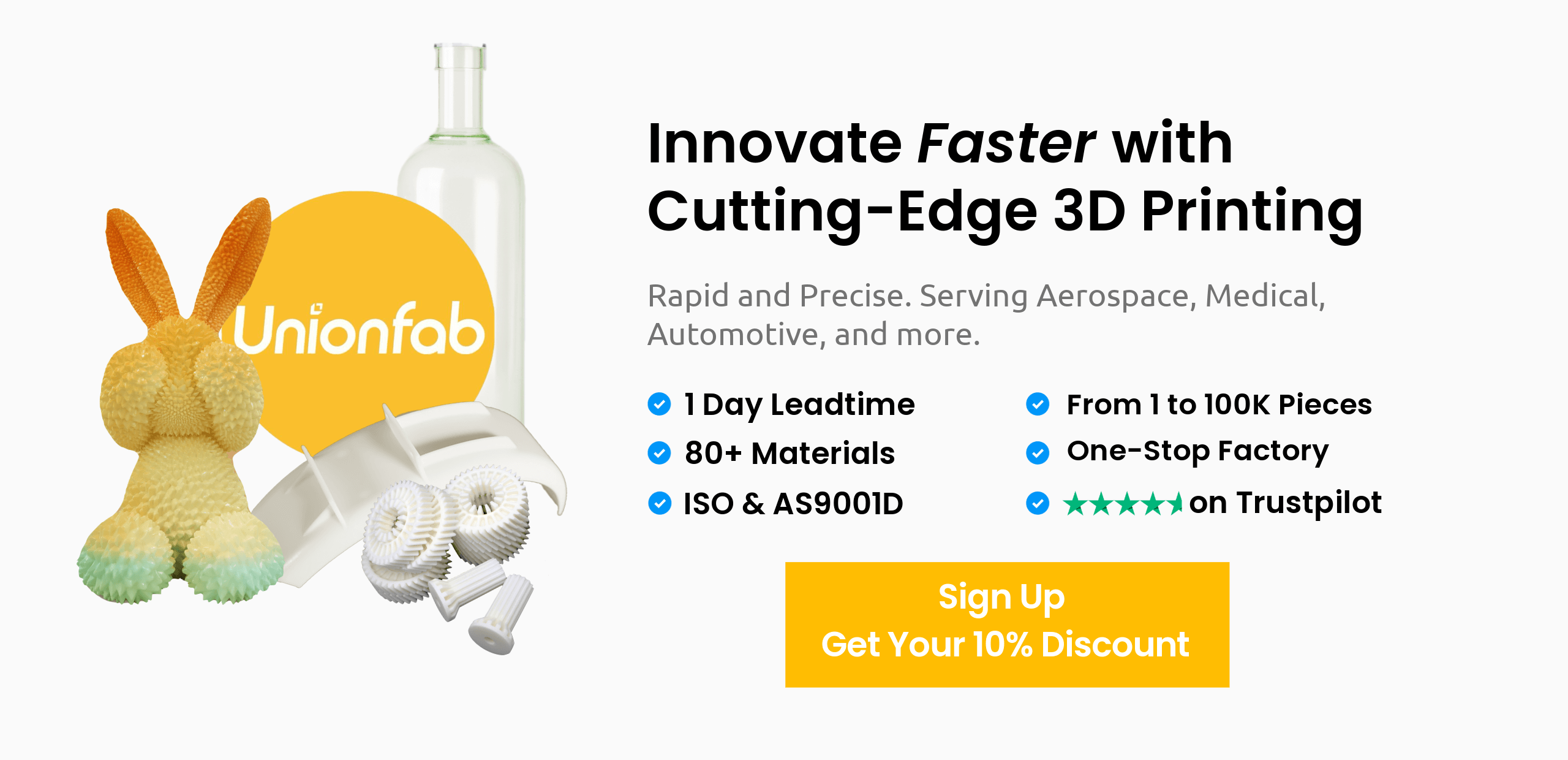
Other Costs
In addition to printing costs, 3D printing can also incur other expenses, including post-processing, packaging, shipping fees, and customs duties.
Post-processing Cost
Generally speaking, when partnering with 3d printing service providers, some standard finish services such as support removal, cleaning, and sandblasting/shot peening will be provided free of charge. Other than those, there are some post-processings like laser marking, silk screening, plating, etc. that require additional charge. You can visit Unionfab’s finishing services website to check the detailed performance.
Packaging Fees
Packaging fees may also be added to the final cost, especially for fragile or complex parts that require special care during transportation.
Standard Packaging (Free): The most common packaging for 3D printed parts is the corrugated box with bubble wrap or foam paddings inside.
Protective Packaging (Paid): Depending on the final product, additional protective packaging such as wooden crates or even custom-made flight cases may be required.
Here's a general breakdown of costs:
Wooden Crates: * Simple wooden crates for small to medium-sized parts typically range from $50 to $300. * For larger or more complex parts, prices can go up to $500 or more, depending on the wood type, size, and level of reinforcement needed.
Custom-Made Flight Cases: * Basic custom flight cases can cost around $200 to $500 for small items. * For larger, fully customized cases with specialized padding and materials, prices can range from $800 to $2,000 or more.
Shipping Fees
Shipping fees are another important consideration when calculating the total cost of 3D printing, especially for cross-border orders. Different carriers (e.g., USPS, FedEx, DHL) offer varying rates depending on the destination, size, weight, and urgency of delivery.
Customs Duties
When shipping 3D-printed parts internationally, customs duties may apply, depending on the destination country’s import regulations. Customs duties can vary widely, but typically range between 5% to 20% of the total product value, depending on the country’s specific tariff regulations.

